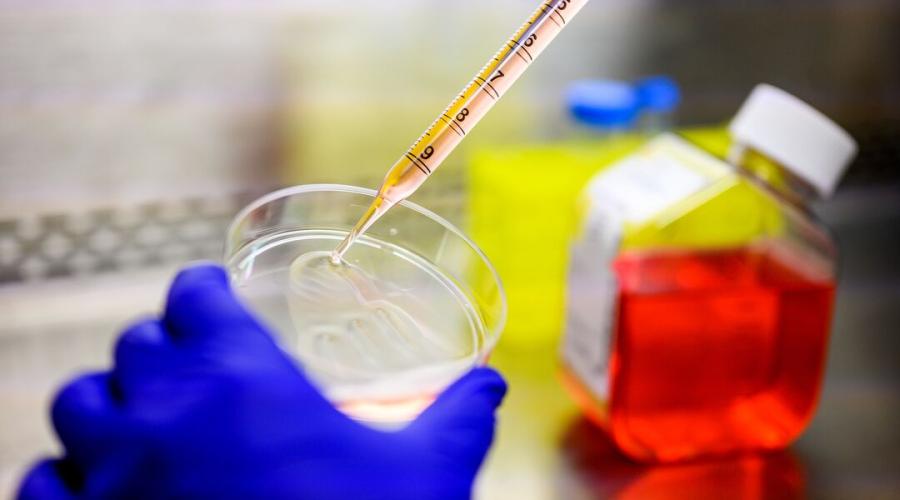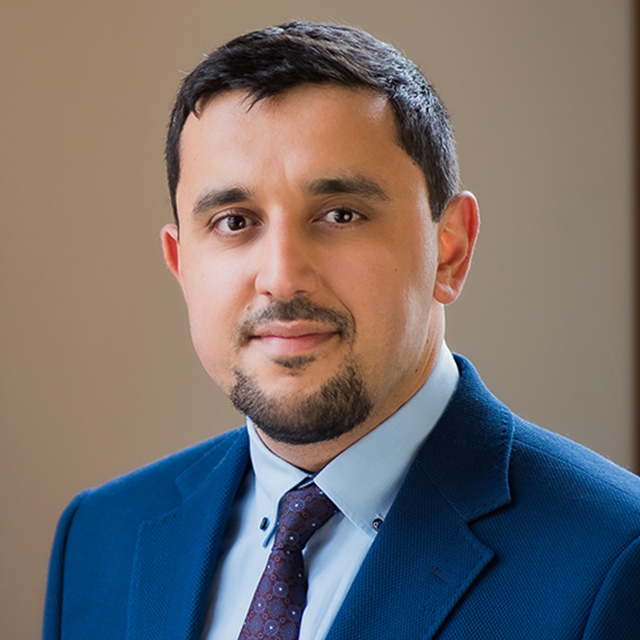
From Kidney Stones to Cholera: UCSF Pediatric Nephrologist Unlocks Common Thread for New Cures
A child with kidney stones, another with dry eyes, and a third battling a life-threatening diarrhea may seem to face unrelated struggles.
At UCSF’s Division of Pediatric Nephrology, physician-scientist Onur Cil, MD, PhD, has uncovered a surprising common thread that links them all: the tiny cellular “gates” that control the body’s salt and water balance. By targeting this mechanism throughout the body with new therapeutic drugs, Cil is pioneering new hope for a wide range of childhood diseases, some of which have no current treatments.
For families, this research means the potential for fewer painful kidney stones, safer treatments for high blood pressure, and even new therapies for gut infections that are deadly in parts of the world. Cil’s journey to leading a broad drug discovery program began with a deep understanding of a single, powerful organ: the kidney.

The Kidney as a Roadmap
As a pediatric nephrologist, Cil’s work begins with the children he treats for kidney diseases. His clinical focus led him to the fundamental science of the kidney, which acts as the body’s master filter. This role is carried out by millions of tiny cellular gates, known as ion transporters, that precisely control the body's balance of water, salts, and minerals.
But these crucial gates aren't just in the kidney; they line the cells of many organs, including the intestines, lungs, eyes, and heart. When these transporters malfunction, the system they support can be disrupted, leading to disease.
For patients with hyperoxaluria — a condition with no approved therapies that frequently leads to painful kidney stones and kidney damage — Cil’s lab identified a novel preventative strategy by targeting an ion transporter in the intestine.
He discovered a first-in-class SLC26A3 inhibitor that blocks absorption of the waste product oxalate, which damages the kidneys when large amounts are absorbed. The inhibitor reroutes oxalate for direct excretion, a process that protects the kidneys and shows how manipulating ion transporters throughout the body can treat disease.
From a Single Organ to a System of Cures
Cil recognized that the impairment of ion transport is a fundamental cause of many seemingly unrelated diseases, from high blood pressure and kidney stones to cholera and cystic fibrosis. This insight allowed him to apply his expertise to a broad spectrum of conditions affecting child health:
- Global Health: His team found that activating a receptor called CaSR is a promising treatment for diarrheal diseases like cholera, a leading cause of child death in low-income countries.
- Accessible Medicine: The lab recently discovered that simple magnesium supplementation could be a safe and affordable treatment to naturally activate the CaSR receptor — the same powerful pathway his team had identified as a therapeutic target for diarrheal diseases.
- Cardiovascular Health: Building on his previous discoveries, Cil developed a more potent inhibitor for pendrin, an ion transporter found in the kidney, lung, thyroid, and inner ear. This inhibitor is a potential new treatment for treating edema (swelling from excess fluids) and high blood pressure.
- New Frontiers: His latest NIH-funded work on a new therapy for dry eye disease is also showing significant promise. In animal models, his approach was able to significantly increase tear fluid volume, opening a new path for treatment.
"The principles of ion transport are fundamental," says Cil. "By understanding how these tiny gates work and how to activate or inhibit them, we can find the keys to unlock new treatments for a whole range of diseases."
The Path to the Patient
The ultimate vision for the Cil Lab is to move these promising discoveries into the hands of patients. Some of his promising treatment candidates are already in preclinical studies and clinical trials, the essential steps required for FDA approval.
“The work in the lab is only the first step. The true measure of success is getting these novel drug candidates through clinical trials and to the patients who need them,” says Cil. “My long-term goal is simple: to provide better, safer treatments that improve the lives of children and adults.”
The work of the Cil Lab is a testament to the power of fundamental science. Through a deep understanding of how the body balances water, Cil has uncovered a series of discoveries that could lead to new treatments for a wide range of diseases and contribute to building a healthier future for children worldwide.
UCSF Benioff Children's Hospital was ranked No. 11 nationally for pediatric specialty care in the 2025-2026 U.S. News & World Report Best Children’s Hospitals list. Learn more about the Division of Pediatric Nephrology here.
